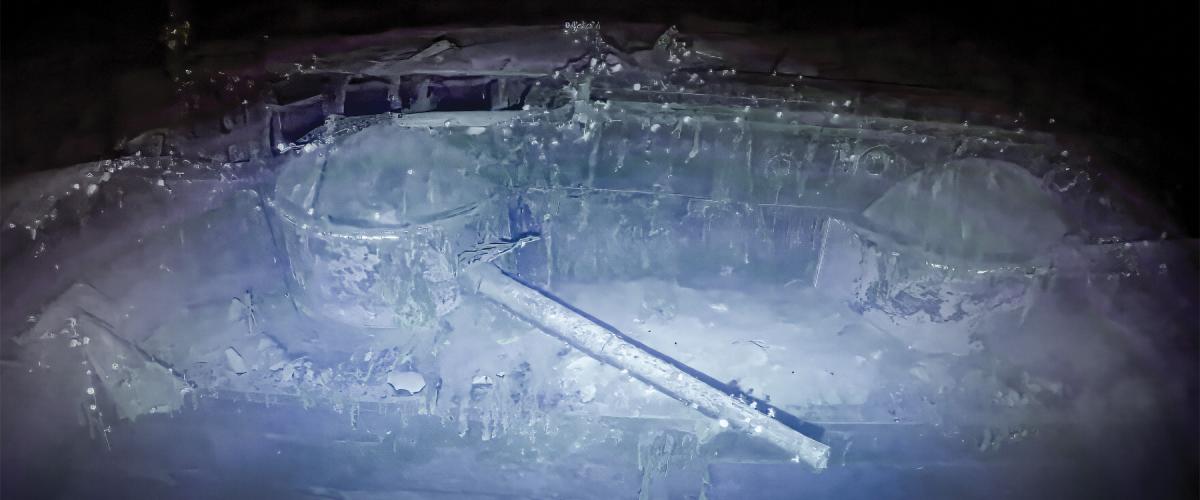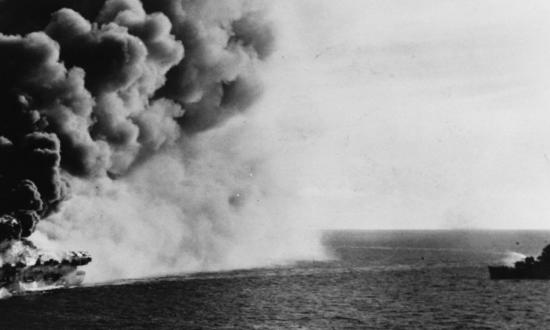From 8 to 12 September, a team led by Ocean Exploration Trust on board the research vessel Nautilus conducted in-depth archaeological assessments of three World War II aircraft carriers lost during the pivotal June 1942 Battle of Midway.
The assessments include the first visual survey of Imperial Japanese Navy carrier Akagi, the first detailed views of USS Yorktown (CV-5) since the wreck was first located 25 years ago, and a comprehensive survey of Japanese carrier Kaga.
“This expedition is not only rewriting history and our understanding of these special places, but also pushing the
limits of what we thought was possible in terms of interdisciplinary collaboration,” said Daniel Wagner, chief scientist for Ocean Exploration Trust. “At depth for over 43 hours, we methodically circumnavigated these historic wrecks, bringing to light many features in great detail, including their armament, battle, and sinking-related damage. Many antiaircraft guns were still pointing up, providing clues about the final moments on these iconic ships.”
The expedition team completed non-invasive visual surveys of the wrecks during three deployments below 16,600 feet (2,770 fathoms)—the deepest of the more than 1,000 remotely operated vehicle dives conducted off the Nautilus to date.
This is the first time since the vessel went down in 1942 that anyone has seen the Akagi, which was initially located during a mapping survey in 2019. The Nautilus team spent 14 hours surveying the Akagi, examining battle and seafloor collision damage in the ship’s structure.
Throughout the mission, the video surveys were streamed live via NautilusLive.org. The expedition’s survey of the Yorktown was the first time the world could witness this site in real-time, 25 years after it was initially located during a joint U.S. Navy and National Geographic Society expedition led by Robert Ballard, president and founder of Ocean Exploration Trust. The team also conducted the first in-depth archaeological survey of the Kaga that will yield data in the public domain.
“An important part of our mission here at the Naval History and Heritage Command is to locate, interpret, and protect lost U.S. Navy ships and aircraft, particularly those that represent the last resting place of American sailors,” said Samuel Cox, Director of the Naval History and Heritage Command. “We’re incredibly grateful for collaborative relationships that enable us to document and assess the condition of these important war graves of both American and Japanese sailors.”






